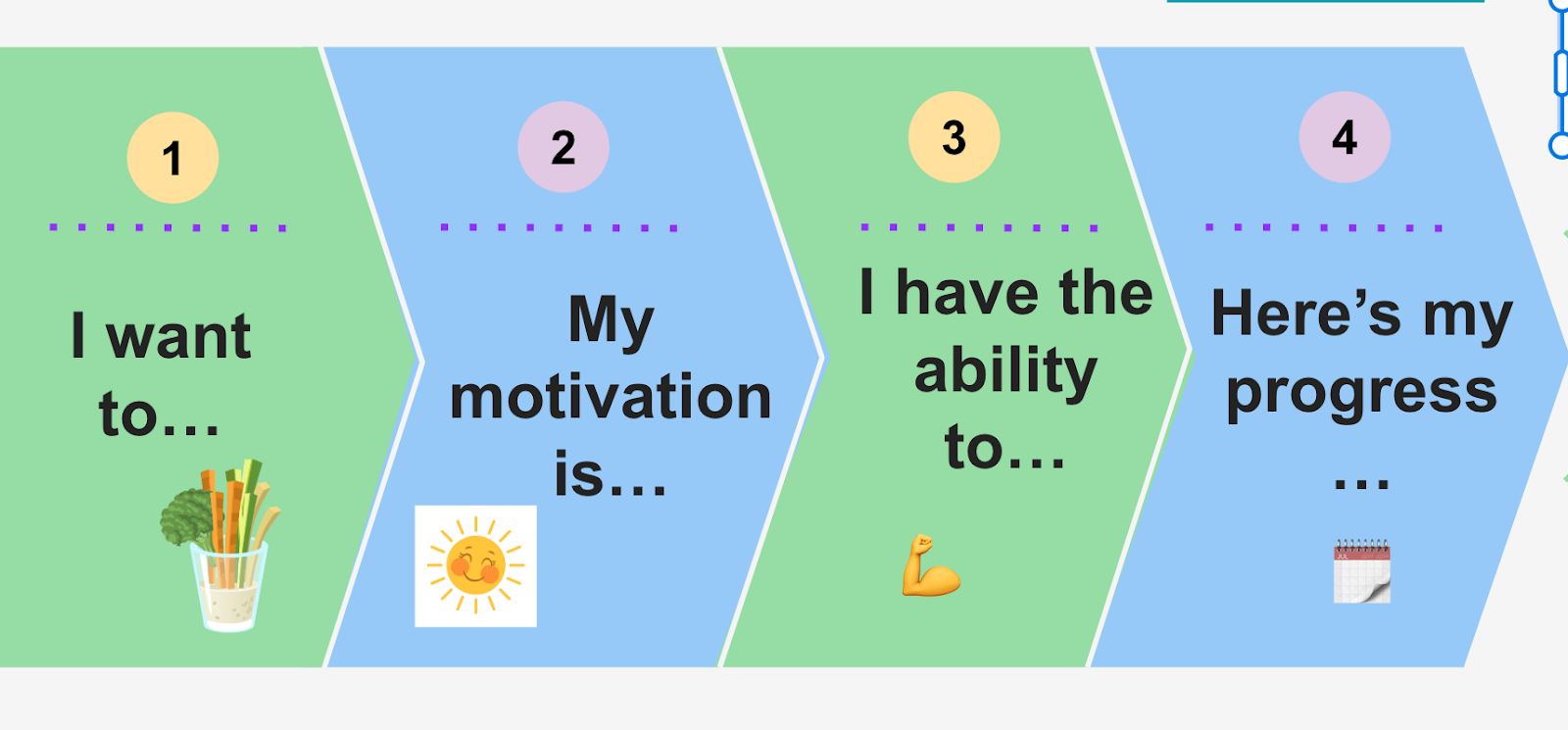Health Coach Q & A
What links should I know about?
Lark is here to help!
Lark Customer Support!
https://support.lark.com/hc/en-us/requests/new
Facebook page for DPP
https://www.facebook.com/groups/larkdpp
Worksheet from the webinar
https://www.lark.com/resources/lark-printable-motivation-worksheet
Lark blog
Lark recipes
https://www.lark.com/resource-type/recipe
Email a Lark coach with questions or to make an appointment
https://app.acuityscheduling.com/schedule.php?owner=21319234
I am having foot surgery on Monday. Any advice since I will be off my foot?
That’s a great question! You can take lots of healthy steps during recovery!
Remember to listen to your body. Healing is your top priority, and you may feel more tired than usual as you recover from surgery. Be patient and don't push yourself too hard.
Before starting any new exercise or making major changes to your diet, it's crucial to talk to your doctor or physical therapist. They can give you personalized advice on what's safe for your specific recovery.
Staying Active (with Your Provider’s Approval)
Do all of your physical therapy as instructed.
For more activity, chair exercises can get your body moving without putting weight on your healing foot. Try things like arm circles and shoulder rolls to keep your upper body mobile, and leg lifts and seated marches for your non-injured leg to maintain muscle tone. You may be able to use light hand weights or resistance bands to work your arms, shoulders, and back. You may be surprised at how good of a workout you can get!
Nutritional Considerations
Since you won't be as active, your weight loss or maintenance will depend more on your food choices. This is a great time to focus on your personal "why" for healthy eating, like feeling more energized or having a clear mind.
Focus on nutritious food. This is a good time to establish great eating habits. Your body needs lots of nutrients to heal optimally. Look for vegetables, lean proteins, fruits, and whole grains. Consider portion sizes, with high-calorie foods like grains and healthy fats having smaller portions than low-calorie foods like vegetables.
Consider how you’ll obtain healthy foods. If necessary, ask friends or family to shop for you, or use a grocery delivery service (many are available without exorbitant fees). Prep on days when you have more energy, or ask friends and family for help with food prep. Before your surgery, try making several healthy dishes and freezing them in single-meal portions so you have lots of options after surgery.
Best of luck with your surgery.


